11 Must Visit Historical Places In India
By: Priyanka Maheshwari Tue, 31 Oct 2023 5:32:14
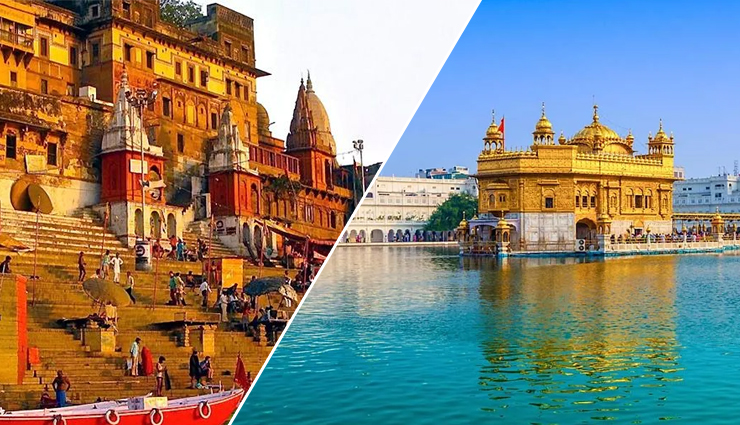
With over 5,000 years of rich civilization and beyond, India boasts a wealth of incredible historical sites, monuments, legendary tales, and unforgettable experiences. These remarkable structures pay homage to the nation's illustrious history and heritage. Spanning from antiquity to the medieval era, numerous monarchs, emperors, dynasties, and kingdoms have erected these monuments for various purposes. Nevertheless, it's undeniable that historical sites in India attract a substantial influx of visitors. Whether it's the iconic Taj Mahal or the ancient remnants of Hampi, each fort, palace, or temple exemplifies extraordinary aesthetics and sophistication.
Historical places in India are the living, breathing remnants of a civilization that has spanned over millennia, leaving an indelible mark on the country's landscape. These sites, monuments, and landmarks serve as windows into India's storied past, offering a glimpse into the rich tapestry of its history, culture, and heritage. From the majestic forts and opulent palaces of ancient kings to the intricate temples and sacred sites that have witnessed centuries of devotion, India's historical places hold tales of empires, dynasties, and the enduring spirit of a nation that has stood the test of time. In this diverse and vibrant land, each historical site is a chapter in a larger narrative, waiting to be explored and appreciated for its architectural beauty, historical significance, and the stories it tells.
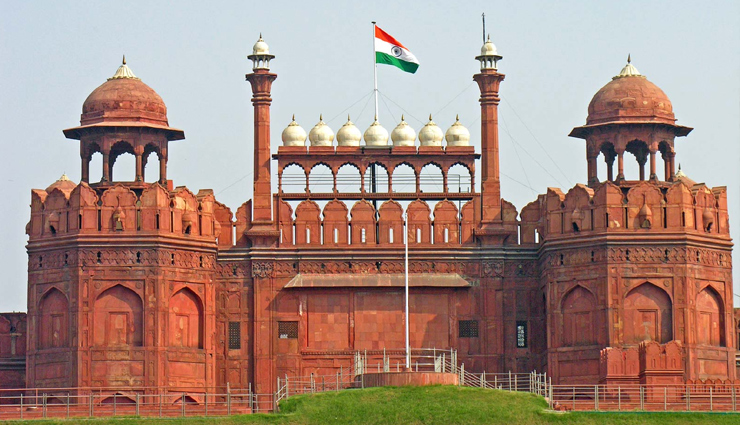
# Red Fort, Delhi
The Red Fort, designated as a UNESCO World Heritage Site, is a remarkable blend of grandeur and beauty. Its construction spanned a decade, from 1638 to 1648, and was commissioned by the Mughal emperor Shah Jahan, who chose to relocate his capital from Agra to Delhi. At the time, it was known as the Qila-e-Mubarak. This octagonal fortress, constructed from red sandstone, stands majestically amidst the bustling and lively streets of Old Delhi, continuously attracting a large influx of daily visitors.
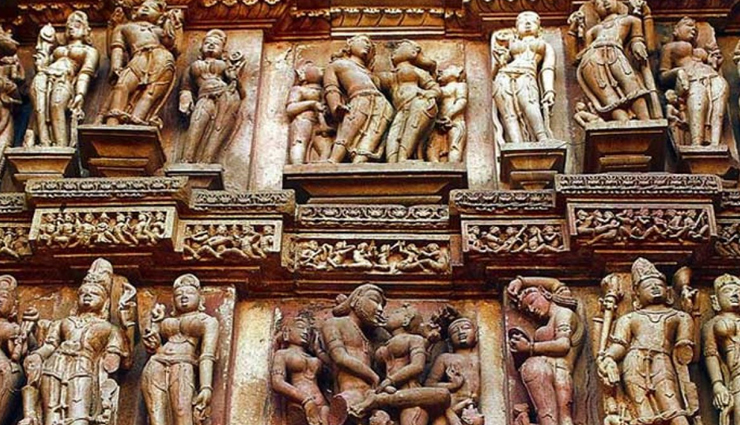
# Khajuraho Temples, Madhya Pradesh
The Khajuraho Temples, situated in the town of Khajuraho in Madhya Pradesh, hold the prestigious status of being a UNESCO World Heritage Site. They stand as extraordinary architectural marvels, unlike any other you may encounter. These temples vividly portray a potent human emotion, that of eroticism and sensuality. Crafted under the patronage of the Chandel rulers, this collection of Hindu and Jain temples is adorned with intricately carved statues and sculptures that beautifully encapsulate the traditional Hindu principles of Dharma, Artha, Kama, and Moksha.
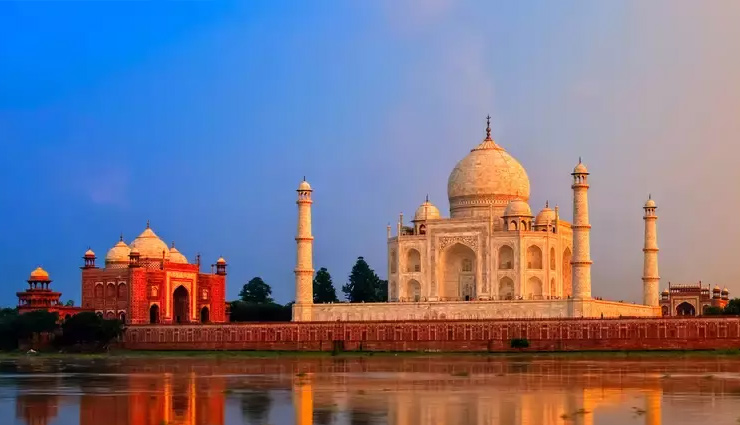
# Taj Mahal, Agra
The Taj Mahal, recognized as a UNESCO World Heritage Site, stands as one of the most renowned historical landmarks within the city of Agra, Uttar Pradesh. It is a destination that should be experienced at least once in a lifetime. This architectural masterpiece represents the zenith of Mughal design, constructed entirely from pristine white marble. Shah Jahan commissioned the construction of this magnificent monument in honor of his beloved wife, Mumtaz Mahal. Those who visit this majestic structure are invariably entranced by its sheer grandeur and impeccable aesthetic harmony. The construction of this splendid monument spanned approximately 22 years.
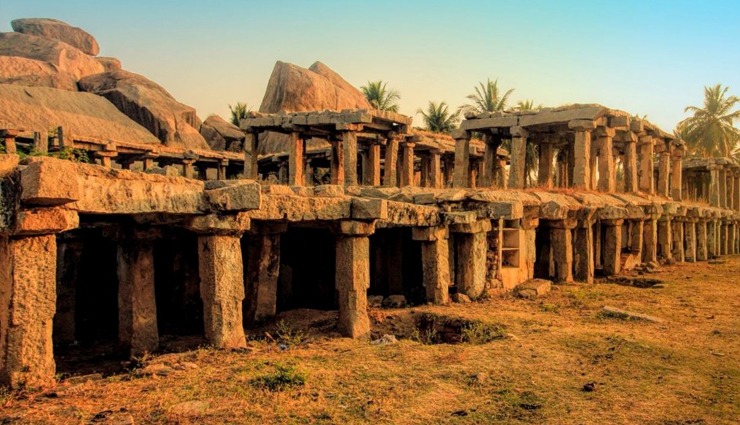
# Hampi, Karnataka
The remnants of Hampi, acknowledged as a UNESCO World Heritage Site, serve as a poignant testament to the grandeur of the Vijayanagara Empire. Exploring Hampi offers the opportunity to encounter some of the most exemplary manifestations of architectural aesthetics and style. A prime illustration of this is the Virupaksha Temple, featuring a stone-carved statue of Lord Shiva. Among the other notable attractions are the Queen’s Bath, Elephant Stables, Vijaya Vittala Temple, and the vibrant Hampi Bazaar.
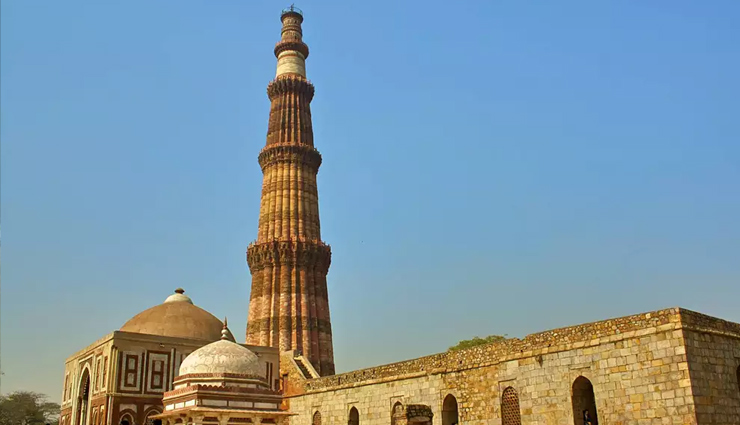
# Qutub Minar, Delhi
Qutub Minar stands as an imperative historical site to explore in Delhi and bears the distinction of being a UNESCO World Heritage Site. Constructed under the patronage of Qutb-ud-din Aibak, it serves as a living testament to India's first Muslim kingdom. Soaring to a towering height of nearly 240 feet, it ranks among the tallest ancient towers globally. An exemplary showcase of Indo-Muslim architecture, this monument comprises successive layers of red sandstone, intricately embellished with verses from the Quran in Arabic.
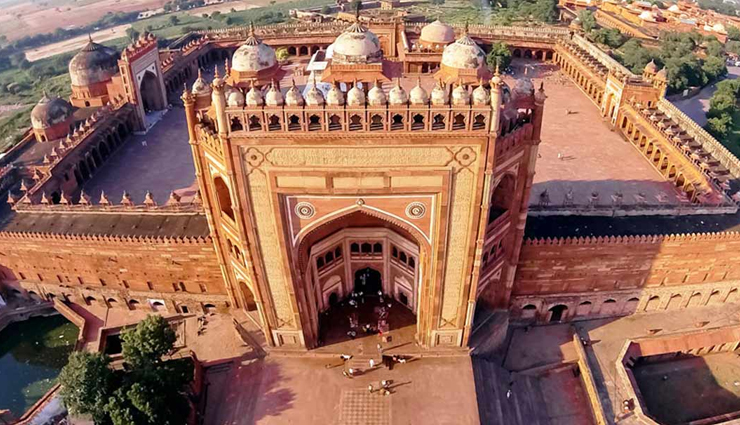
# Fatehpur Sikri, Uttar Pradesh
Fatehpur Sikri, located approximately 40 kilometers west of Agra, once held the position of the fleeting capital during the reign of the Mughal Emperor Akbar in the 16th century. However, this regal city had to be abandoned due to various issues, including water supply challenges. Exploring this historic site introduces visitors to a realm of courtyards, audience halls, and pavilions, showcasing the remarkable artistic achievements of the Mughal Empire's golden era.
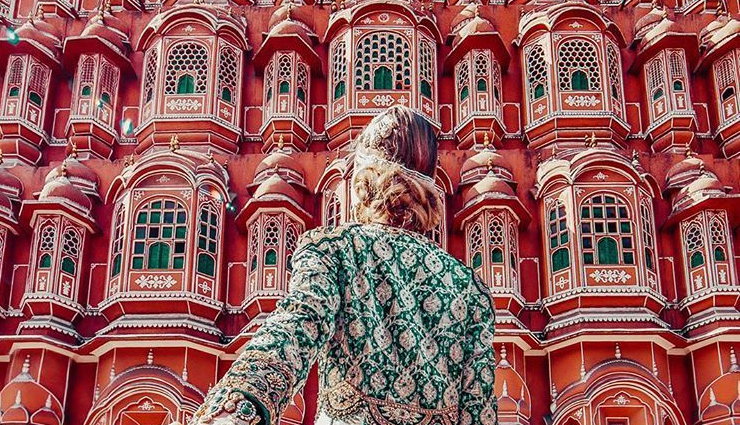
# Hawa Mahal, Jaipur
No tour of Jaipur would be deemed comprehensive without a visit to the Hawa Mahal. The Hawa Mahal, also known as the Palace of Winds, is not so much a monument as it is a gallery. It was ingeniously designed by Lal Chand Ustad to serve as a viewing gallery for the royal women, enabling them to observe daily life on the streets while adhering to the purdah tradition. Crafted from a combination of red and pink sandstone, its distinctive architectural form resembles a crown, a homage to the ruler of Jaipur during that era, Maharaja Sawai Pratap Singh, who held a deep devotion to Lord Krishna.
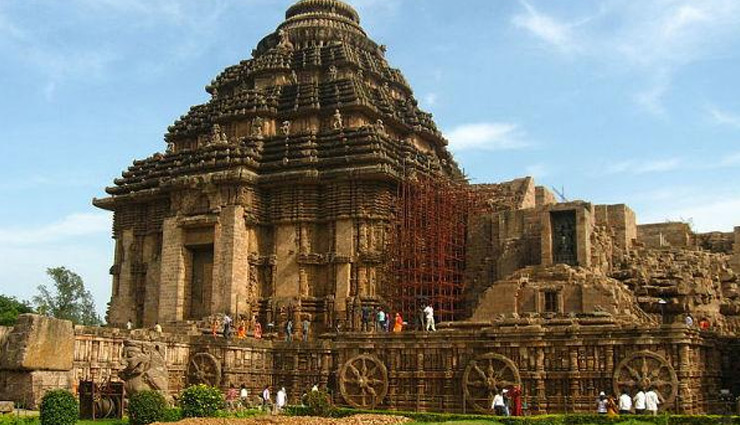
# Konark Sun Temple, Odisha
The Konark Sun Temple in Odisha, granted UNESCO World Heritage status, serves as a tribute to the remarkable artistic achievements during the reign of King Narasimhadeva I, the illustrious leader of the Ganga dynasty. Positioned along the Bay of Bengal coastline, this temple proudly exhibits ancient architectural excellence. One striking feature is the temple's entrance, adorned with a depiction of two lions triumphing over elephants, with a human figure lying at their feet. Additionally, the Konark Sun Temple is occasionally referred to as the "Black Pagoda" by certain scholars.
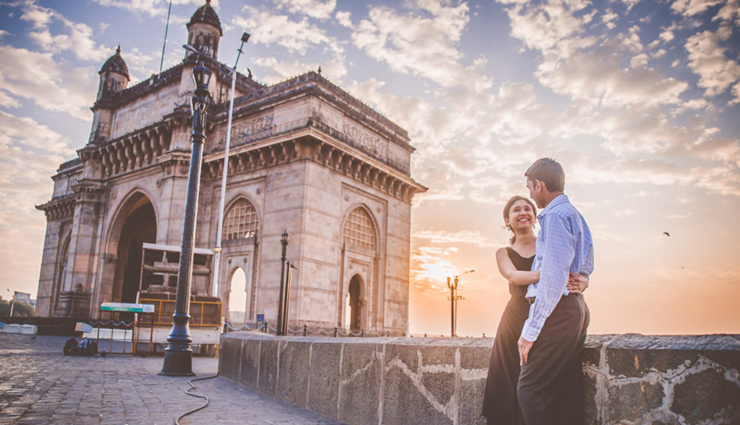
# Gateway of India, Mumbai
The Gateway of India stands as one of Mumbai's renowned historical landmarks. Originating in 1924, it served as an entrance and exit point during the British colonial era. The monument was erected to commemorate the visit of King George V and Queen Mary to the city in 1911, though its construction was not finalized until 1924. Significantly, it played a historic role in India's journey to independence, as it was through this gateway that British troops departed in 1948 after India achieved its freedom.
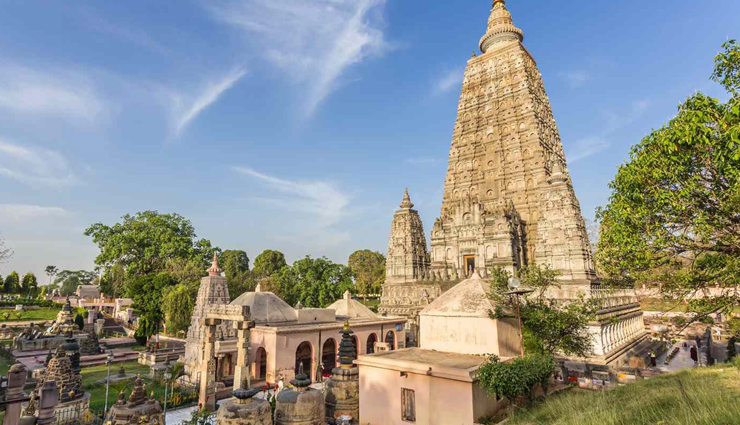
# Mahabodhi Temple, Bihar
The Mahabodhi Temple is the sacred site where it is believed that Gautam Buddha achieved enlightenment through meditation beneath a fig tree. Adjacent to the temple stands the Bodhi tree, a descendant of the original Fig tree. The temple's origins trace back to the 3rd century BC during the reign of Emperor Asoka. Within its precincts, an immense Buddha statue can be found, with the Buddha touching the earth with his right hand.
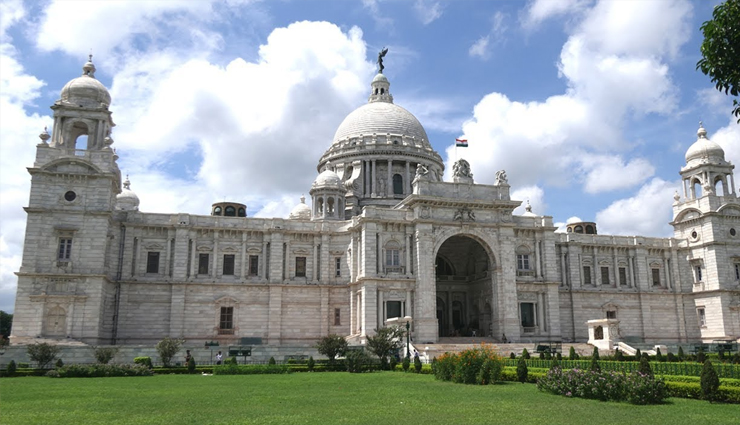
# Victoria Memorial, Kolkata
Undoubtedly, the Victoria Memorial stands as a prime exemplar of British architectural influence in West Bengal. The concept for this monument was conceived by Lord Curzon, the Viceroy at the time, while its detailed design and execution were the work of Sir William Emerson. Enclosed within the Victoria Memorial's precincts is a picturesque garden, as well as a museum housing an array of British memorabilia, including sculptures, paintings, weapons, and various artifacts. Notable among the exhibits is a remarkable painting by the renowned Russian artist Vasili Verestchagin, portraying the Prince of Wales during his visit to Jaipur in 1876.





